
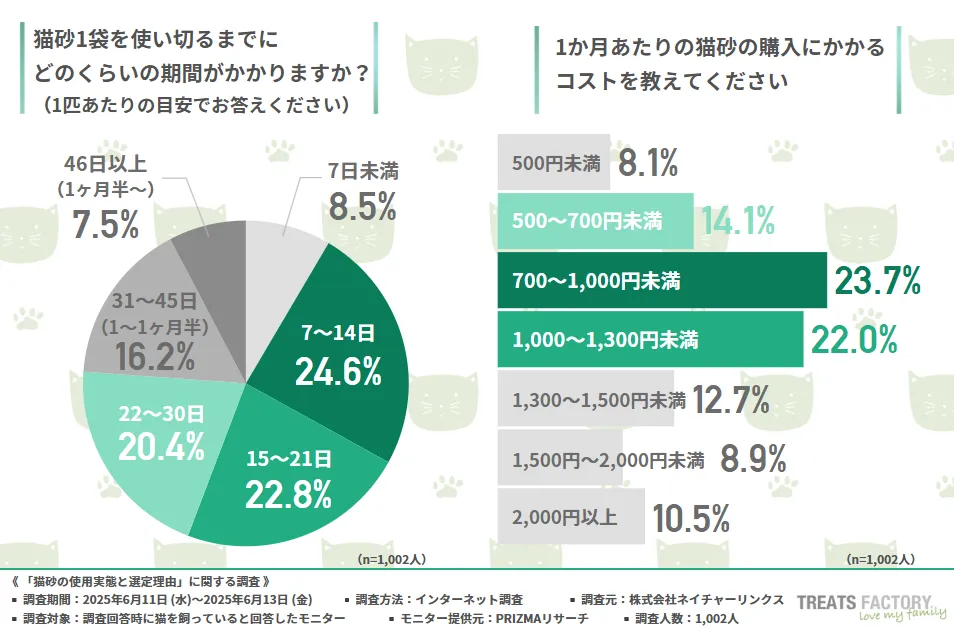
Survey Reveals Key Factors in Cat Litter Selection for Pet Owners in Japan
Understanding Cat Litter Choices Among Pet Owners
In a survey conducted by Nature Links, a company based in Osaka, Japan, insights into the preferences and practices of cat owners regarding cat litter usage have been unveiled. With over 1,000 participants, this survey sheds light on various aspects including types of cat litter preferred, associated costs, and the challenges faced during its disposal.
Survey Overview
The survey was conducted from June 11 to June 13, 2025, using an online method provided by PRIZMA. The responses came from individuals who currently have a cat, allowing for an authentic understanding of user experiences with cat litter.
Types of Cat Litter Used
The results identified that two main categories of cat litter are predominantly favored:
- - Mineral-based Litter (38.0%)
- - Paper-based Litter (35.0%)
- - Wood-based Litter (24.0%)
Mineral-based litter is often selected for its strong clumping ability and superior odor control, while paper-based options are appreciated for their lightweight and ease of disposal, highlighting user preferences for both functionality and convenience.
Litter Consumption Patterns and Costs
When inquired about how long they use a single bag of litter, most respondents indicated a usage span of 7 to 14 days (24.6%), with an overall average of about 22.25 days per bag. This translates to an expected monthly expenditure of approximately 1,131 yen on cat litter, typically falling within the range of 700 to 1,000 yen.
Such insights reflect that shoppers usually opt for reasonably priced options since cat litter is a recurring expense. Despite its necessity, a significant number of users still find a few complexities in terms of maintenance.
Challenges Faced with Cat Litter Disposal
A key concern for users was the perception that cleaning up litter is troublesome, with 44.8% reporting that they find it 'a hassle,' followed by concerns about odor and costs. Notably, 35.6% expressed unease regarding the odor of used litter, while about 25.0% found the costs too high.
Specific grievances include ineffective odor control—especially in humid conditions—and the physical weight of litter bags when transporting them for disposal. Users have shared experiences indicating their struggle in maintaining cleanliness and the worry of unpleasant smells, particularly during the summer months when odors can become more pronounced.
Disposal Methods
Concerning litter disposal, the survey revealed that:
- - 69.7% follow municipal recycling guidelines, emphasizing sanitary practices.
- - 18.4% opt to flush litter down toilets or sinks, which can lead to plumbing issues or environmental hazards.
- - 10.6% choose to bury it in gardens or farms, a practice slightly less common but still employed.
The majority acknowledge the importance of adhering to local regulations, yet convenience and dealing with odors still pose significant challenges.
Essential Features Desired in Cat Litter
The data illustrates that when choosing cat litter, pet owners cite odor control (54.8%), ease of disposal (47.0%), and cost (42.3%) as primary decision-making criteria. Furthermore, a substantial 43.4% of respondents felt they should have prioritized odor control more during their initial purchase.
Notably, respondents desire cat litter that aggregates effectively, limits dust, and exhibits a favorable cost-to-performance ratio, reflecting their concerns not only for their pets but also regarding their own living environments.
Conclusion: Focusing on Comfort for Both Pets and Owners
The findings from this survey highlight essential issues regarding cat litter, such as the difficulties of disposal, odor management, and pricing, reinforcing the urgency for products that benefit both animals and their owners alike. As Nature Links prepares to unveil new environmentally friendly cat litter that addresses these points, there is hope for improved solutions that meet the nuanced needs and expectations of pet owners.
Upcoming Products
Reportedly, Nature Links is in the process of launching an innovative cat litter made from cassava, which promises enhanced properties for disposal and cost-effectiveness, introducing a fresh option for cat owners concerned with environmental impact.
For comprehensive information and updates on new products, visit Nature Links and their associated brands.
By focusing on comfort and practicality, the aim remains to enrich the lives of both pets and their owners, ensuring a harmonious household.
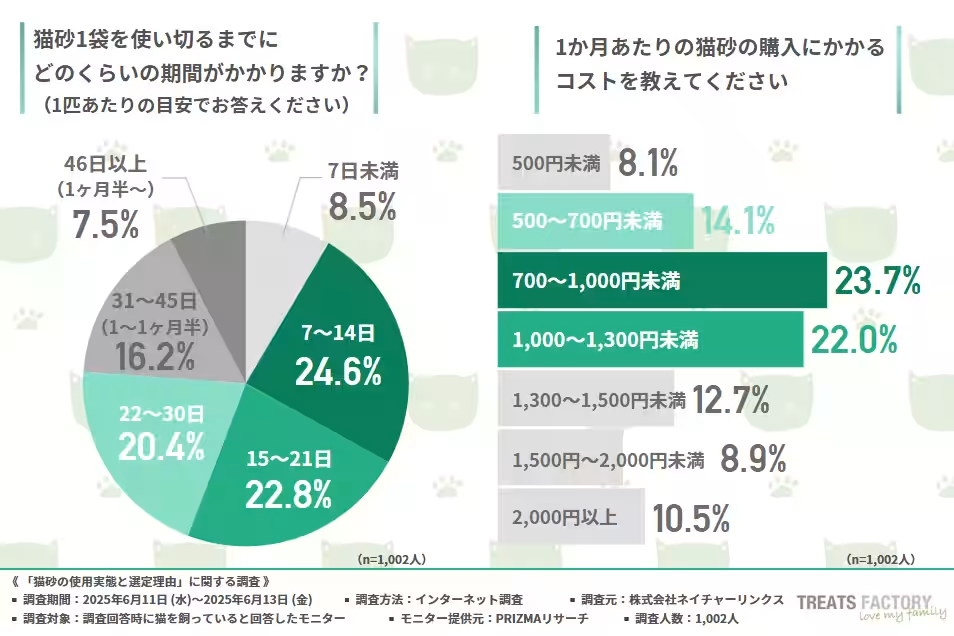
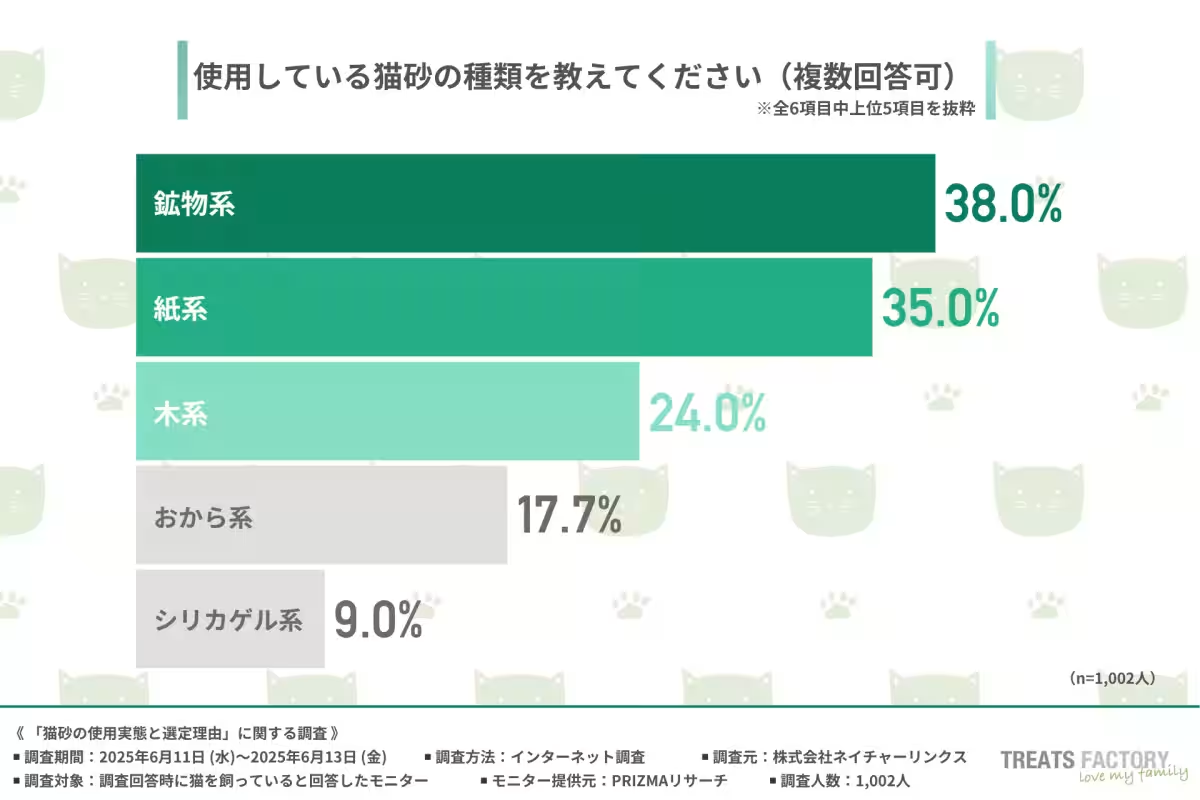
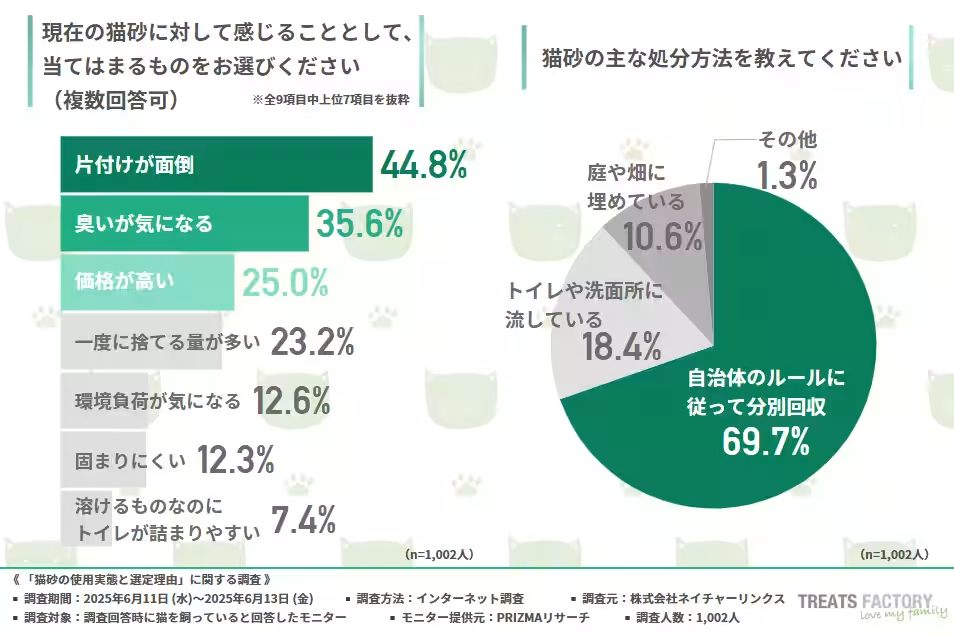
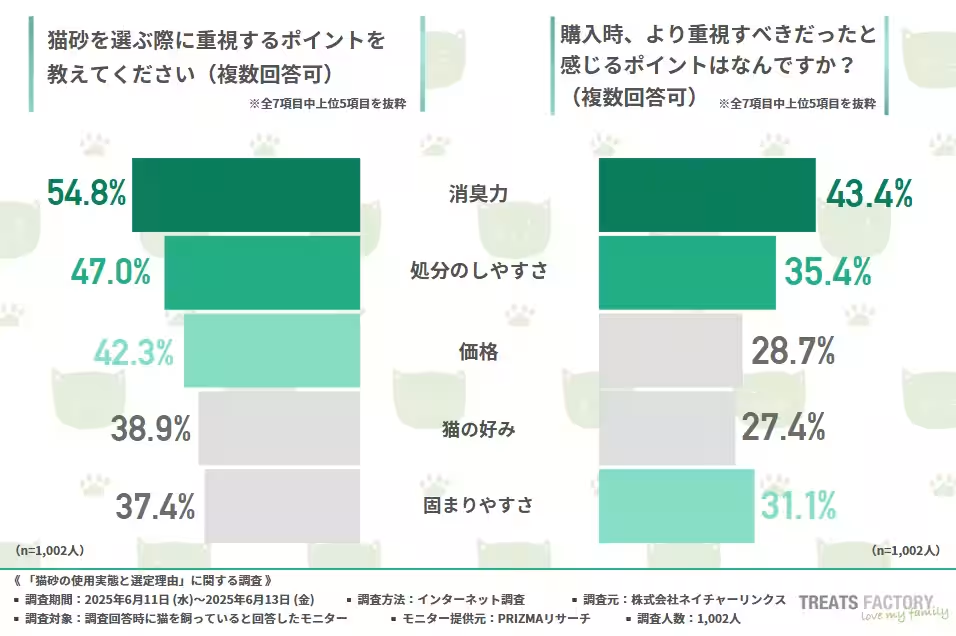
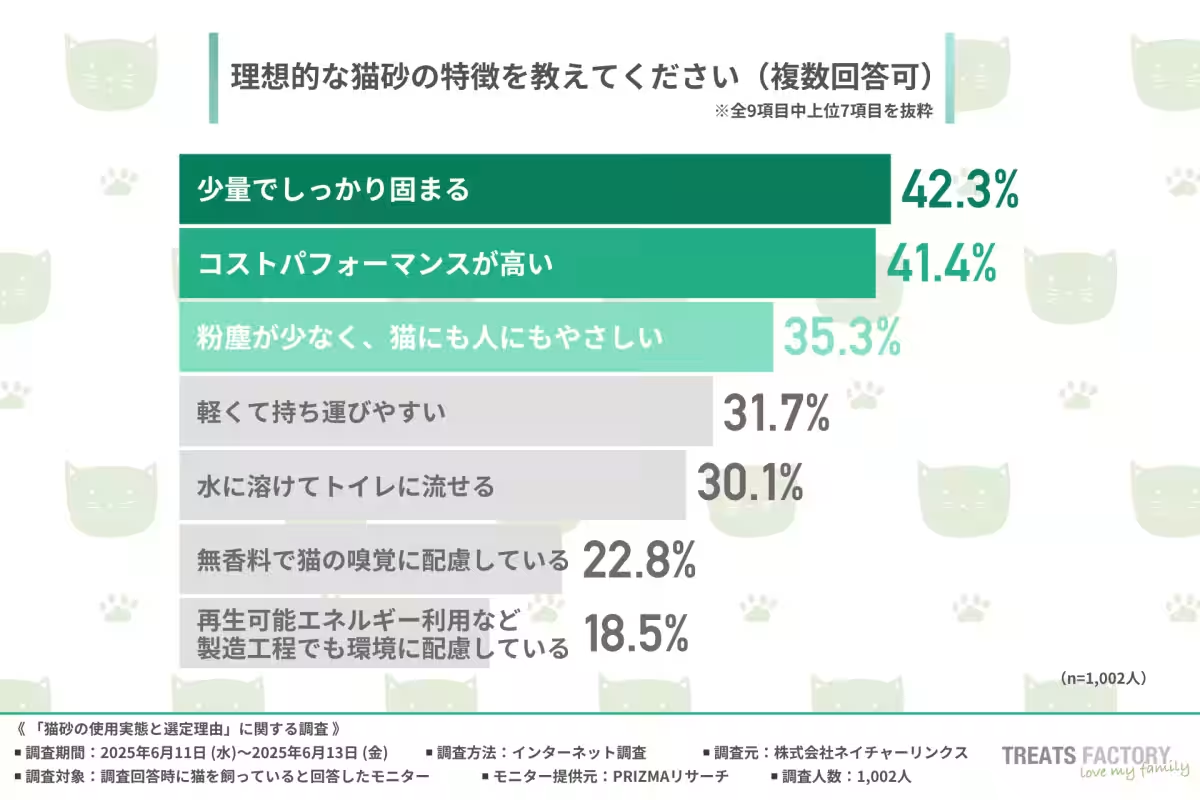
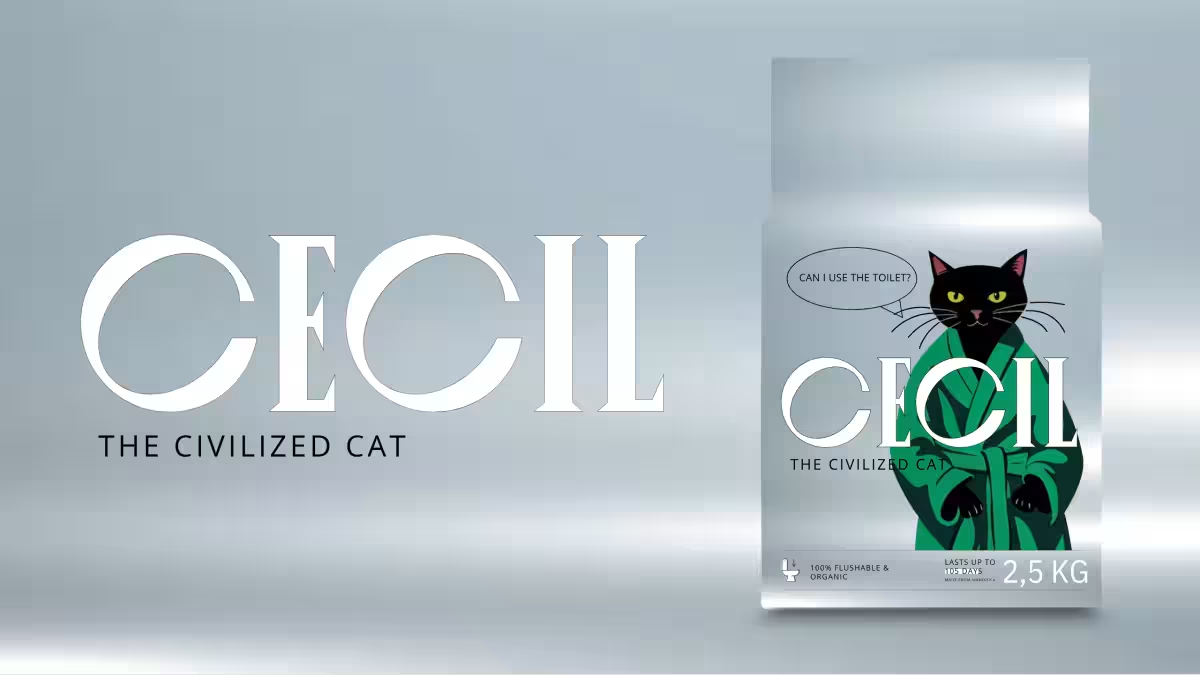
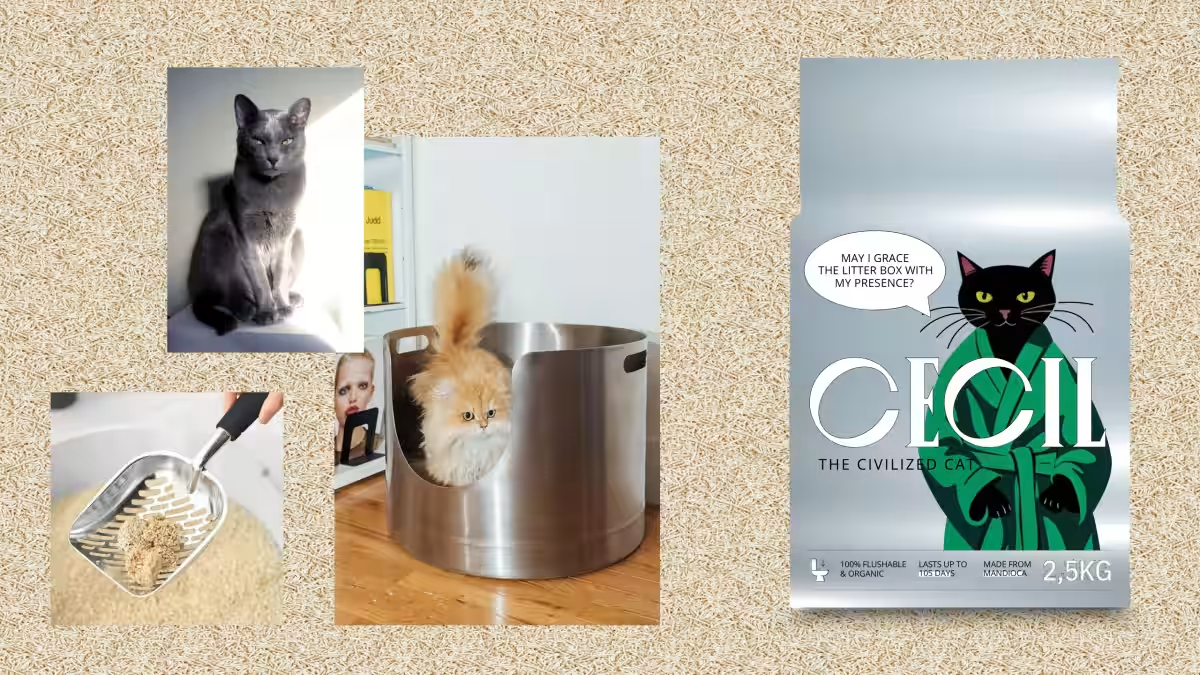
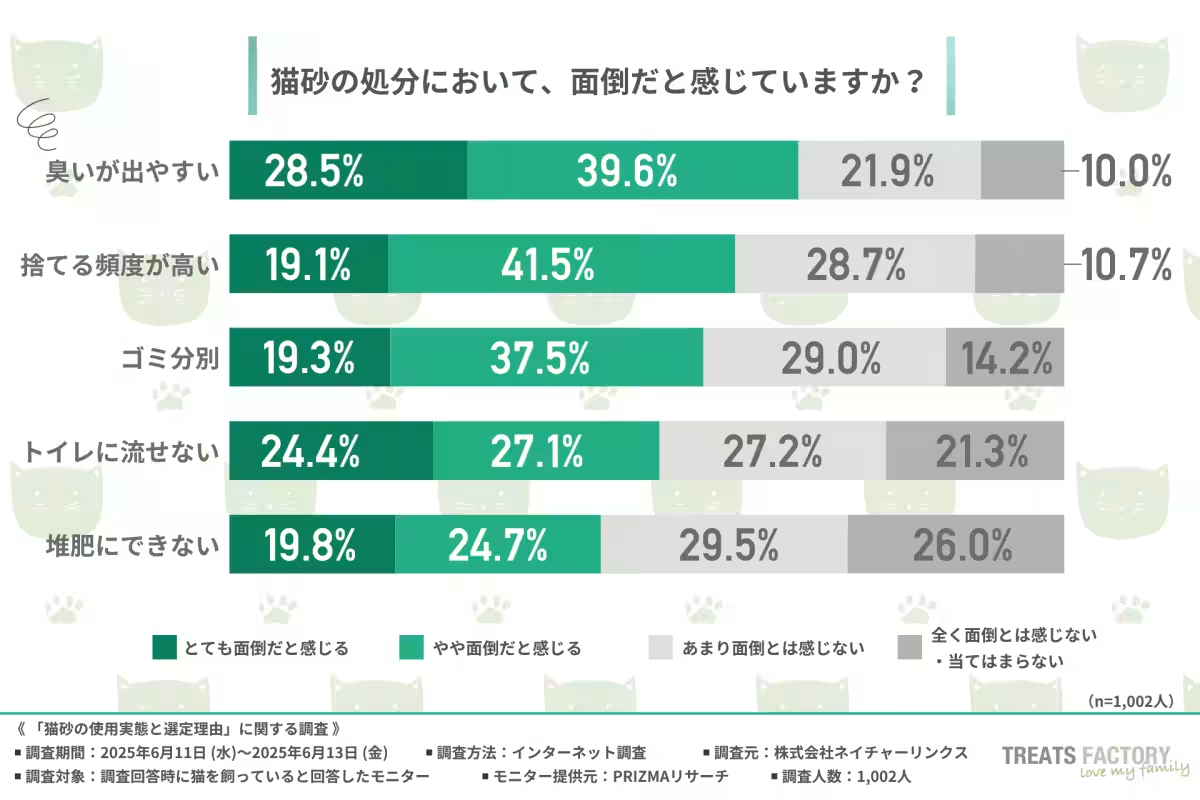
Topics Consumer Products & Retail)





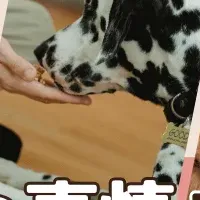




【About Using Articles】
You can freely use the title and article content by linking to the page where the article is posted.
※ Images cannot be used.
【About Links】
Links are free to use.